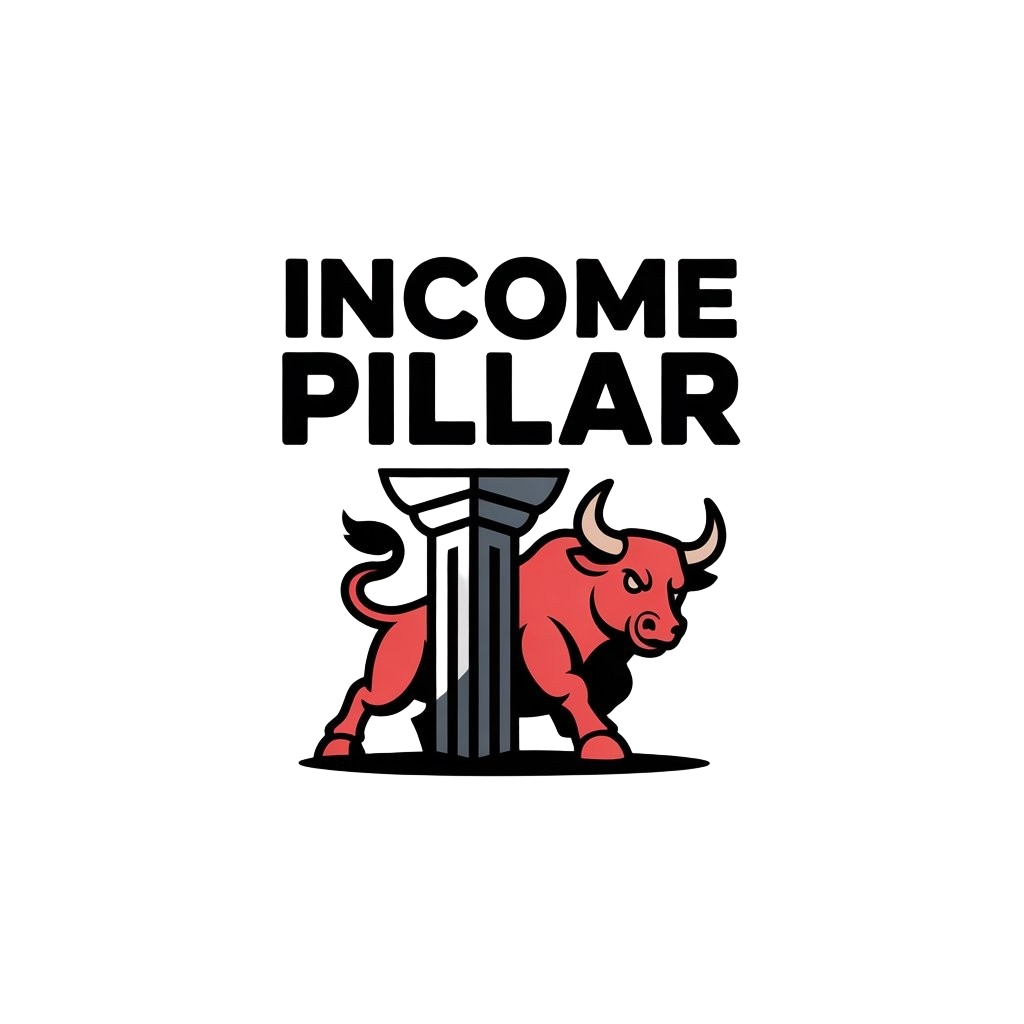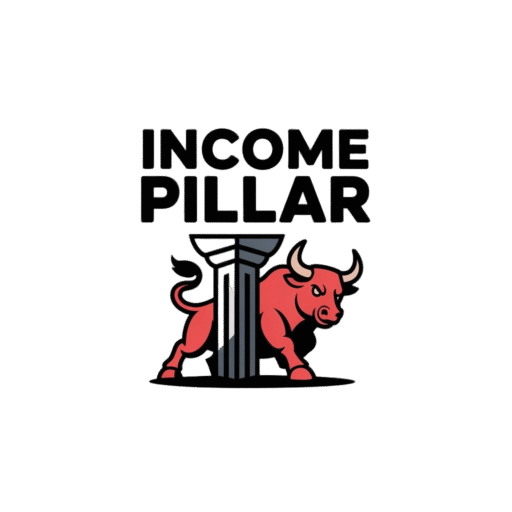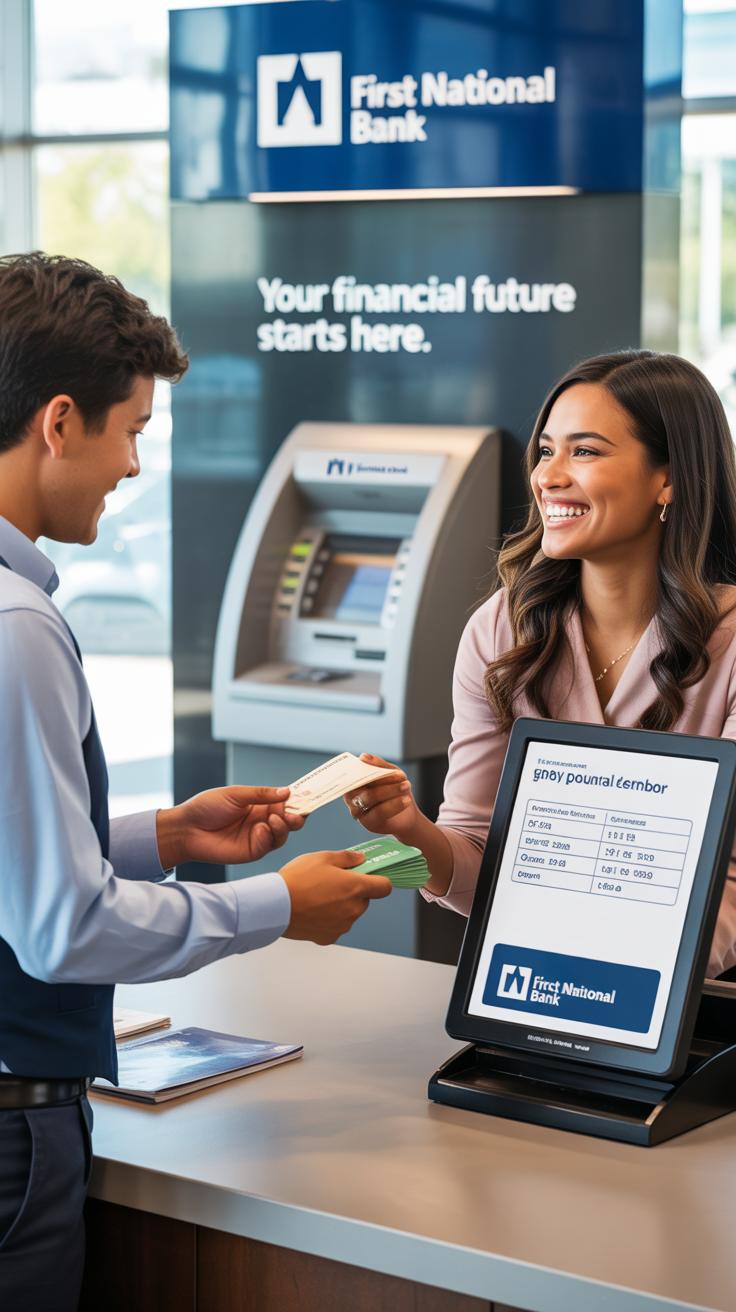Introduction
If you have a savings account, you want to know how interest rates and fees change your money. A savings account is a safe place for your money, but not all accounts are the same. Some offer higher interest, while others have fees that reduce your savings.
This article looks at what affects your savings account. You will learn about different rates and fees, how to compare accounts, and what to watch out for. Knowing this helps you choose the best account for your money to grow.
Compare savings account interest rates
Understanding how savings account interest rates work
Interest rates on savings accounts are usually expressed as an annual percentage yield (APY). This rate tells you how much your money will grow over a year if you leave it untouched. But the math behind it can get tricky because banks calculate this interest differently—some compound it daily, others monthly. The more often interest compounds, the more your money grows, even if the stated rate is the same.
Rates vary between banks for a handful of reasons. Some banks are online-only and pass on lower costs to you with higher rates. Traditional brick-and-mortar banks often offer lower rates as they have higher operating expenses. The market conditions and the bank’s need for deposits also play a big role.
Take normal savings accounts—they tend to offer rates comfortably between 0.01% to 0.10% APY. Then you have high-yield savings accounts, often online-only, offering rates around 3% to 4% or sometimes even higher when the market moves. The difference might seem small at first glance, but it makes a real impact over time.
How interest rates influence your savings growth
Interest on your savings doesn’t just add up—it can multiply if left long enough, thanks to compound interest. Think of it this way: with 1,000 dollars at 1% interest compounded yearly, you’d earn about 10 dollars in the first year. But if that interest also earns interest the next year, your balance starts to grow a bit faster.
Now, bump the rate to 3%—your money grows quite a bit more. After five years at 1%, you’d have roughly 1,051 dollars, while at 3%, you’d have about 1,159 dollars. It might not sound like much, but it gets more impressive over a decade or more.
Even a small difference in rates can be the difference between steady growth and something nearly unnoticeable. This makes comparing rates more important than many realize, especially when fees come into play.
The hidden fees that chip away at your balance
Many savings accounts charge fees that quietly reduce your savings. Maintenance fees are common; they might be $5 or $10 a month if your balance falls below a minimum. Withdrawal fees or limits are another catch—exceeding six withdrawals per month can lead to penalties, often around $10 each.
Imagine you keep a $500 balance, and your bank charges a $5 monthly maintenance fee unless you maintain $1,000. On a 0.05% interest account, the fees quickly erase any earnings and then some. Over a year, that’s $60 in fees but maybe only a few cents in interest.
Minimum balance penalties work similarly. If your balance dips below the threshold, fees kick in, lowering your principal. These costs can surprise you, especially if you’re not watching closely. They might make a high-interest rate account less attractive if the fees outweigh gains.
Why account fees matter for your money
Fees can quietly chip away at your savings. It’s easy to focus on the interest rate a savings account offers, but if you don’t pay attention to fees, those gains might never fully reach your pocket.
Take a moment to think about monthly service fees. Even a small fee of $5 per month can add up to $60 a year, which might completely erase the interest you earn, especially if your balance is low. It feels frustrating because you expect your money to grow, right? Instead, you end up paying the bank to keep your own cash.
Some fees like excessive withdrawal fees are trickier. You might not plan on making frequent withdrawals, but if you occasionally dip into your savings more than the allowed limit, these fees can stack up quickly. Suddenly, your net earnings shrink or vanish altogether.
So, fees are not just some fine print; they have real consequences for your money. Would you be surprised to learn that you might actually lose money in a supposedly “safe” savings account because fees are bigger than your earned interest? That’s why reviewing fees should be as important as comparing interest rates.
Common savings account fees explained
Here are some typical fees that show up in savings accounts, sometimes unexpectedly:
- Monthly service fees: A fixed charge, often billed monthly, just for having the account. For example, Wells Fargo and Chase often charge these, but you can avoid them by meeting certain conditions.
- Excessive withdrawal fees: Federal regulations limit withdrawals to around six per month from savings accounts. Going over that can cost you around $5 to $15 per transaction. Banks like Bank of America enforce this strictly.
- Inactivity fees: Charged if you don’t use your account for a long period, sometimes 12 months or more. Some smaller regional banks or credit unions apply this to encourage activity or to close dormant accounts.
Depending on your habits, these fees might surprise you or feel like an unnecessary charge on your funds.
Strategies to avoid or reduce fees
Now, avoiding fees sometimes feels like a bit of a puzzle, but there are simple steps you can try:
- Maintain minimum balances: Many banks waive monthly fees if you keep a certain amount in your account, like $300 or $500. It’s like a small shield for your savings.
- Linking accounts: Connecting your savings to a checking account (ideally at the same bank) can often avoid fees. This also makes transfers smoother, though watch out for transfer limits.
- Pick fee-free accounts: Online banks often advertise no monthly fees or lower minimums. They might have fewer physical branches but might save you a lot over time.
Trying these tips can feel a bit fiddly at first, but they help keep your money working for you instead of going to fees. So, before settling on an account, ask yourself: how many fees am I likely to pay? And can I realistically avoid them?
Steps to open a high yield savings account
Finding the right high yield savings account starts with some research, plain and simple. First, you want to compare the interest rates offered by different banks or credit unions—those little decimals really add up over time. But don’t focus on rates alone. Fees can sneak in and quietly eat into your earnings. Checking for monthly maintenance fees, withdrawal limits, or minimum balance charges matters just as much.
Once you narrow down your options, review the application requirements. Some accounts need a minimum deposit; others ask for ID verification or specific residency status. You might find that one bank’s online process is super quick, while others want paperwork mailed in. Don’t shy away from calling customer service to clarify any confusing terms—getting a real person on the phone can make a difference.
Checklist for selecting the right account
When picking the best savings account for you, keep these points in mind:
- Interest Rate: Look for a rate that genuinely beats inflation and keeps your money growing.
- Fees: Seek out accounts with low or no fees so your savings stay intact.
- Minimum Deposit: Make sure you can meet any initial deposit without stress.
- Account Access: Consider how easy it is to deposit or withdraw, especially online or through apps.
- Security: Check that the account is FDIC or NCUA insured—your money should be safe.
Missing one of these pieces can cost you, even if the rate looks appealing.
Example application process walk-through
Imagine you pick a high yield savings account after a few hours of digging around. Typically, you’ll start by filling out an online application with your personal details—name, address, Social Security number, things you might expect. Next, you might need to verify your identity with a photo ID upload or answer security questions.
After that, you’ll fund the account, often by transferring money from an existing bank. Some institutions let you set up automatic transfers right away, which is handy. Finally, once the setup is complete, the account is activated and ready to use. You’ll get online access and possibly a debit card, depending on the product. It sounds straightforward, but sometimes verification can slow things down a bit, so patience helps here.
Savings account withdrawal limits and impacts
Savings accounts often come with rules about how frequently you can take money out. In the US, this dates back to Regulation D, a Federal Reserve rule that set a monthly limit of six convenient withdrawals or transfers per statement cycle. That included things like online transfers, phone transactions, and checks. While banks used to strictly enforce this rule, it was kind of a hassle for people who wanted easy access to their funds.
When Regulation D was relaxed in 2020, some banks kept limits in place, but others have gotten more flexible. Still, many savings accounts restrict withdrawals or charge fees if you go over a certain number. So yeah, it’s something you’ve got to watch out for when planning your cash flow.
These limits shape how you manage emergencies or planned expenses. If your bank only allows a handful of withdrawals, it might force you to rethink using your savings for day-to-day costs or occasional big purchases. Managing your money means you need to balance easy access with keeping savings intact, which isn’t always as straightforward as it sounds.
Today’s banks try different ways to handle these withdrawal rules. Some apply soft limits—meaning they won’t cut you off immediately but might charge fees if you go over often. Others encourage using linked checking accounts for frequent transactions, keeping the savings account more like a stash. For you, that might mean it’s smart to keep some funds in a checking account for flexibility and leave the savings untouched to earn interest.
Adjusting to these limits means understanding your own spending habits and the bank’s policies. Maybe take a moment to review how often you move money around. You might find yourself better off with a financial setup that combines easy access with solid saving strategies, rather than relying solely on one type of account.
Government protections for savings accounts
What deposit insurance covers
Deposit insurance means your money in a savings account is backed by the government up to a certain limit, should the bank fail. It doesn’t guarantee the entire amount you hold but protects a fixed sum so you’re not left empty-handed if something goes wrong.
Take the United States, for example: the Federal Deposit Insurance Corporation insures up to $250,000 per depositor, per bank. So if your bank collapses, you’d still get your savings back up to that cap. In the UK, the Financial Services Compensation Scheme offers coverage up to £85,000. Meanwhile, Canada’s Canada Deposit Insurance Corporation protects deposits up to CAD 100,000.
Limits vary and often depend on the type of account and currency. You might wonder, though—what if you have more money than the coverage limit? That’s when things get tricky. Some depositors split funds across multiple banks to mitigate risk. But that’s not always practical, especially when you want everything centralized.
How protection affects your account choice
Deposit protection should be a major factor when you pick a savings account. Even the best interest rate won’t matter much if the bank isn’t stable or insured. I have a friend who opened an account at a lesser-known institution for a slightly higher rate, but neglected to check its insurance status. It didn’t end well when the bank faced trouble.
Choosing a bank with solid government backing can offer peace of mind. You might sacrifice a bit on interest, but knowing your savings aren’t at risk could outweigh that. Sometimes it’s tempting to chase high returns without considering the safety net—or the lack of one.
You might ask yourself: is the potential extra interest worth the uncertainty? Often, the answer depends on your comfort level with risk and how accessible you want your money to be. Remember, security plays into your savings strategy just as much as the rates do.
Tracking your savings account performance
Keeping tabs on your savings account isn’t just about glancing at the balance now and then. You actually want to understand how much interest you’re earning and what fees might be quietly chipping away at your money. It’s easy to overlook small fees—but over time, they add up and can slow your progress.
Here are a few key numbers you should check regularly:
- Interest earned—see how much your money grows monthly or quarterly
- Fees deducted—like service charges or minimum balance penalties
- Balance changes—track deposits and withdrawals to spot patterns
Many banks offer apps or online dashboards that show these details clearly. Don’t just look at your balance. Dig a little deeper to explain why it moves. I once assumed my savings were steadily growing, only to find fees eating away at some interest earned. That was a bit frustrating.
Using online bank tools, you can set alerts for low balances or large transactions. This helps you stay on top of your account without logging in every day. Some platforms even let you download monthly statements or create custom reports, which can make tracking easier.
Regularly checking these metrics empowers you to make small adjustments—like moving to a no-fee account or negotiating fee waivers. But the question remains: how often is often enough? For many, a monthly review strikes a good balance between staying informed and not getting overwhelmed. You might find less frequent checks work, too—there isn’t a strict rule here.
Comparing savings accounts with other options
When you look beyond traditional savings accounts, a few other options pop up—like money market accounts, certificates of deposit (CDs), and even checking accounts. Each serves a slightly different purpose, and understanding their interest rates, fees, and liquidity can help you decide where to park your money.
Savings accounts usually offer modest interest rates, but with easy access and low minimums. Money market accounts sometimes pay better rates and let you write a limited number of checks, making them a bit more flexible. Yet, they might require higher minimum balances and can come with fees if you don’t meet certain conditions.
CDs lock your money for a fixed term but often provide higher interest returns. If you can wait for the term to end without dipping in, CDs may be appealing. But if you need quick access, the penalties for early withdrawal can sting.
Checking accounts rarely earn interest, but they offer unmatched liquidity. You use them daily, and you won’t worry much about fees if you avoid overdrafts or minimum balance rules.
Choosing between these depends on what you want. Are you after steady growth, quick access, or both? Sometimes mixing accounts works best. Personally, I keep a savings account for emergencies, a CD for long-term savings, and a money market for something in between. Have you thought about how you juggle these options based on your goals?
Common pitfalls and how to avoid them
Many people don’t realize how small mistakes can quietly chip away at their savings. One frequent slip is overlooking fees that some accounts sneak in, like monthly maintenance charges or minimum balance penalties. These fees might seem minor but can quickly erode the interest you earn, sometimes even wiping out gains if you’re not careful.
Another common misstep is ignoring changes in interest rates. Banks adjust rates regularly, and if you don’t keep an eye on these shifts, you might end up stuck with a low rate while better options exist elsewhere. Sometimes, people simply set it and forget it, hoping their savings will grow without active oversight.
Here are some mistakes that often reduce your savings or add unnecessary costs:
- Failing to check for monthly or annual fees that apply after a promotional period ends.
- Leaving your account untouched for long periods without comparing rates.
- Making frequent withdrawals from accounts with limits that trigger fees.
- Not meeting minimum balance requirements, resulting in penalties.
To keep your savings account working for you:
- Review your statement and fee schedule at least every few months, or whenever you get a notice from your bank.
- Watch for rate changes and compare them against offers from other banks. Switching accounts might save—or make—you more money.
- Set alerts or reminders to monitor balances and avoid accidental fees.
- Try to limit withdrawals if your account penalizes them; consider a separate checking account for frequent spending.
I find personally that scheduling a quarterly review of my accounts really helps me catch any issues early before they take a bite out of my savings. It might feel unnecessary at first, but once you get in the habit, it’s surprisingly easy and worth the effort.
Conclusions
Savings accounts can help your money grow, but interest rates and fees matter a lot. Higher rates mean you earn more. Fees take away from your savings. Watching these closely keeps your money working for you.
Now you know how to check interest rates and spot fees. Use this knowledge to pick an account that fits your needs. Safe saving means making smart choices every step of the way.






















